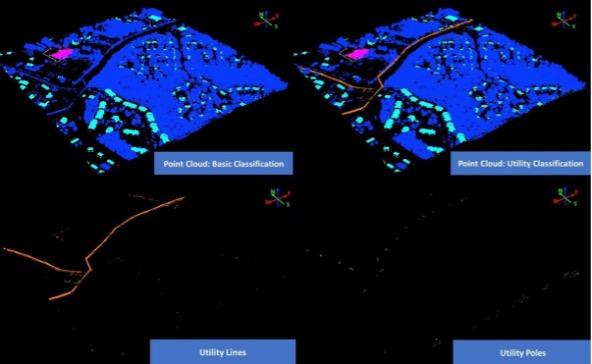Overview
The System Optimization and LiDAR for Vermont Energy Resilience (SOLVER) project is intended to help Vermont state’s electrical grid become more resilient and equitable.
Factors such as local power generation (e.g., solar) and increased use of electric vehicles are resulting in changes in energy demand. On top of this, extreme weather events from climate change are impacting the electric grid and Vermonters in new ways.
There is a pressing need to develop models that will allow utility providers to more efficiently and effectively target their system repairs and updates. This would save millions of dollars, improve grid resiliency, and pave the way for the state to meet its goal of obtaining 90% of its energy needs from renewable sources by 2050.
These models require accurate, rich, location-based data which does not yet exist in Vermont. UVM researchers, in collaboration with their community partners, are seeking to fill that gap by using new ways to examine LiDAR data that has already been gathered by the state.

| Community Partners: | Vermont Electric Power Company (VELCO) Burlington Electric Department Washington Electric Cooperative |
| UVM Partners: | |
| Amount: | $269,482 (Partnership Grant) |
| Primary Region: | Statewide. Rural pilot areas to be identified during project period. |
| Focus Areas: | Resilient Energy Systems |